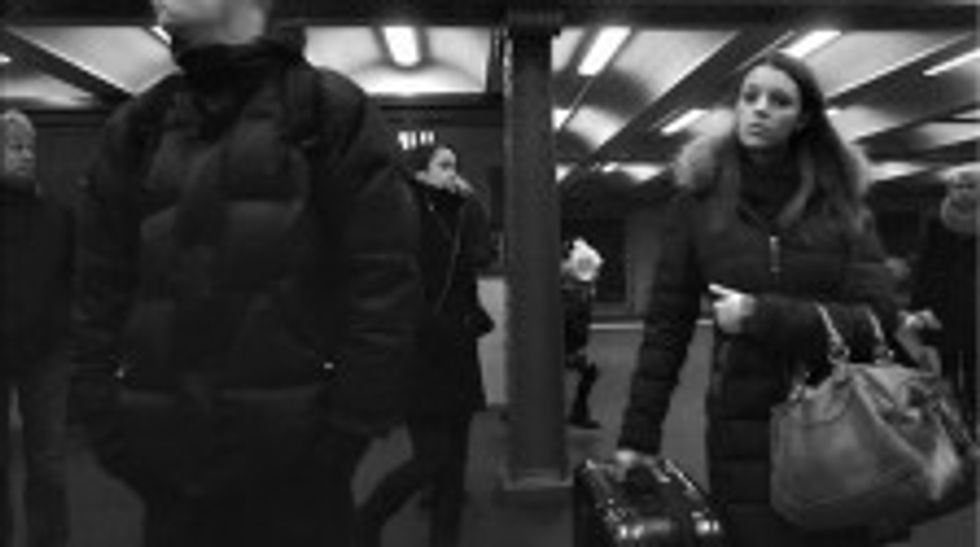Adam Magyar Measures Time in His Custom-Built High-Speed Camera Film Series 'Stainless'

We've all seen high-speed footage before and are by now more than aware of its power to turn a banal scene into somethings cool looking, but what I find most interesting about Magyar's work is the fact that, as an artist, he's not actually interested in the "eye candy" of slow motion, but rather the area that sits between the still and motion. The films which make up part of the Stainless project where only created due to his desire to pursue a concept authentically even when doing so required the development of new technological approaches. This is something he discusses in PDN Magazine's interview with him for their DIY Issue:
If you find that your concept requires a different technology, that’s what you need to use, and if the technology needs some adjustments, you make those adjustments. I’m passionate about the modern world and I’m committed to photography, but I thought my message just cannot be authentically conveyed with devices that do not use the technology and the limitless possibilities of the day. The bottom line is really simple. Each concept needs the right device. If any choice is wrong in the process, the end result will be nothing more than a try.
And speaking more specifically about the camera challenges for the project later in the interview:
The camera I used for the Stainless project was an industrial one normally used at assembly lines for mass production, so it was not a portable photographic device. This camera in itself is not capable of making images, there are additional devices required for it to make it function. I put a portable system together. As I needed a computer for streaming the huge quantity of data - the use of which was problematic in the subway - I had no other choice but to write an iPhone application that made it possible for me to control the system easily.
Here's another excerpt from Stainless, this time recorded in Berlin's U2 Alexanderplatz station:
Alongside the custom camera setups, Magyar also had to write custom programmes for the post-processing phase of the images. In this 20 minute presentation for PopTech, Magyar speaks in detail about that and his love of the "unimportant, ignored moments," which began in his street photography days, as well as his evolving experimentation with slit-scan photography which ultimate led to the Stainless subway films.
If you're wondering how well the full length films hold your attention, then settle back and experience 11 minutes of Tokyo's Shinjuku station:
Still with us? Personally, I find Magyar's Stainless films hypnotically compelling (something about looking out for the slight movements amongst the mostly motionless majority) and I would've no doubt found myself locked in place before them all day if I'd happened to catch them looping on their museum tour. What do you think of his use of his customised high speed camera setup? Are there other locations or events that you think would make good subjects?
Links:
- Adam Magyar
- Adam Magyar: Photos of time -- PopTech











